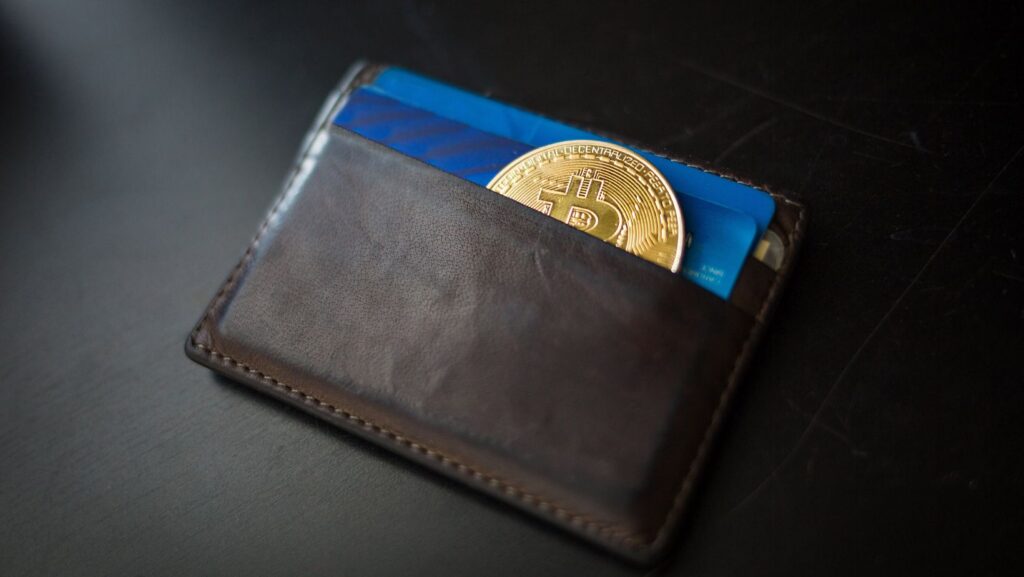For those exploring Solana, acquiring a wallet is the essential first step. Whether you plan to manage SOL tokens and NFTs, stake SOL, or engage with DeFi applications, the wallet you choose determines both your security and user experience.
A well-designed wallet ensures that your private keys remain protected while giving you seamless access to Solana’s high-performance network. In the following sections, you’ll learn what distinguishes each wallet type, how to set up a Ledger hardware wallet, and which verifiable security features to consider.
Understanding Solana Wallets
A Solana wallet does not hold SOL or tokens directly. Instead, it manages your private keys, the secret alphanumeric codes required to sign transactions and prove ownership on Solana’s blockchain. When you send funds or interact with a smart contract, the wallet constructs a transaction payload, signs it with your private key, and broadcasts it to network validators. Since the actual token balances reside on Solana’s ledger, it’s critical to keep your private keys—and any backup seed phrase—secure and offline whenever possible. Losing or exposing these keys is equivalent to losing control of your assets.
Setting Up a Solana Wallet with Ledger
Setting up Solana support on a Ledger hardware wallet takes just a few steps:
- Acquire and initialize your Ledger
Purchase a genuine Ledger device from the official website or authorized reseller. Unbox it and follow the printed quick-start guide to generate a PIN and record the 24-word recovery phrase on non-digital media. Store your recovery phrase in a secure, separate location—never online.
- Install Ledger Live
Download Ledger Live for desktop or mobile (note that certain features, such as in-app purchasing, may not be available in all regions). Use it to manage firmware updates and install blockchain apps.
- Add the Solana app
In Ledger Live’s Manager tab, search for “Solana” and install the official Solana application onto your device. This app allows your Ledger to understand and interact with Solana transactions.
- Connect to a Solana interface
Open Phantom, Solflare, or another Ledger-compatible Solana wallet in your browser or on mobile. When prompted, select “Connect hardware wallet,” choose Ledger, and follow on-screen instructions. Your Ledger will then sign and broadcast Solana transactions securely whenever you confirm on-device.
Verified Advantages of Ledger Hardware Wallets
When evaluating hardware wallets, focus on documented, dated benefits rather than marketing claims. Ledger devices offer:
- Offline key generation & Secure Element (April 2025)
Private keys are created and remain inside a certified Secure Element chip, never exposed to Internet-connected hardware (Ledger documentation, April 2025).
- ANSSI certification (2020)
[1] The Ledger Nano S received ANSSI certification in 2020, highlighting its resistance to physical and software-based attacks.
- Proprietary OS with app sandboxing
[2] Each app runs independently on Ledger’s operating system, so even if one app had a flaw, it wouldn’t affect the others.
Benefits of Using a Hardware Wallet
By pairing a Ledger device with your chosen Solana interface, you isolate your private keys from everyday computing threats. Each transaction requires a physical confirmation on the device, adding a strong second factor that cannot be bypassed by hacked software. Moreover, since Ledger Live handles firmware updates and app installations, you benefit from regular security patches and a centralized view of your portfolio. This setup preserves both high security and on-demand access to Solana’s staking, DeFi, and NFT features-a balance that neither pure software wallets nor fully offline “cold wallets” can easily achieve.
Navigating the Solana Ecosystem
With your Ledger-backed Solana wallet, you can confidently explore Solana’s ecosystem: participate in high-yield staking by delegating SOL to validators; [3] provide liquidity on Raydium or other active Solana-based DeFi platforms [4] with hardware-signed approvals; purchase and manage NFTs on Magic Eden; and track portfolio performance in Ledger Live or third-party analytics tools. Hardware-signed transactions ensure that even if a website is compromised or a phishing link is clicked, your private keys remain unreachable.
Choosing the Right Solana Wallet
Ultimately, your choice hinges on your personal priorities and threat model. If you transact daily or interact with multiple dApps, a software wallet may feel more convenient. If you plan to hold large amounts of SOL or valuable NFTs long term, hardware wallets like Ledger provide a superior security posture. Assess factors such as feature availability in your region (e.g., Ledger Live’s in-app purchasing), device cost, and your willingness to perform on-device confirmations before making your decision.
dire que Ledger a obtenu une certification ANSSI est vrai, mais il serait bon de préciser qu’elle concerne le modèle Ledger Nano S.
Correct, mais un peu technique.
Serum est aujourd’hui considéré comme inactif ou peu utilisé depuis le hack de FTX. Ça donne une impression de contenu pas à jour.
Serum est aujourd’hui considéré comme inactif ou peu utilisé depuis le hack de FTX. Ça donne une impression de contenu pas à jour.



